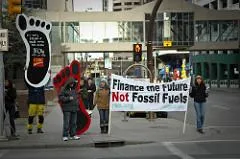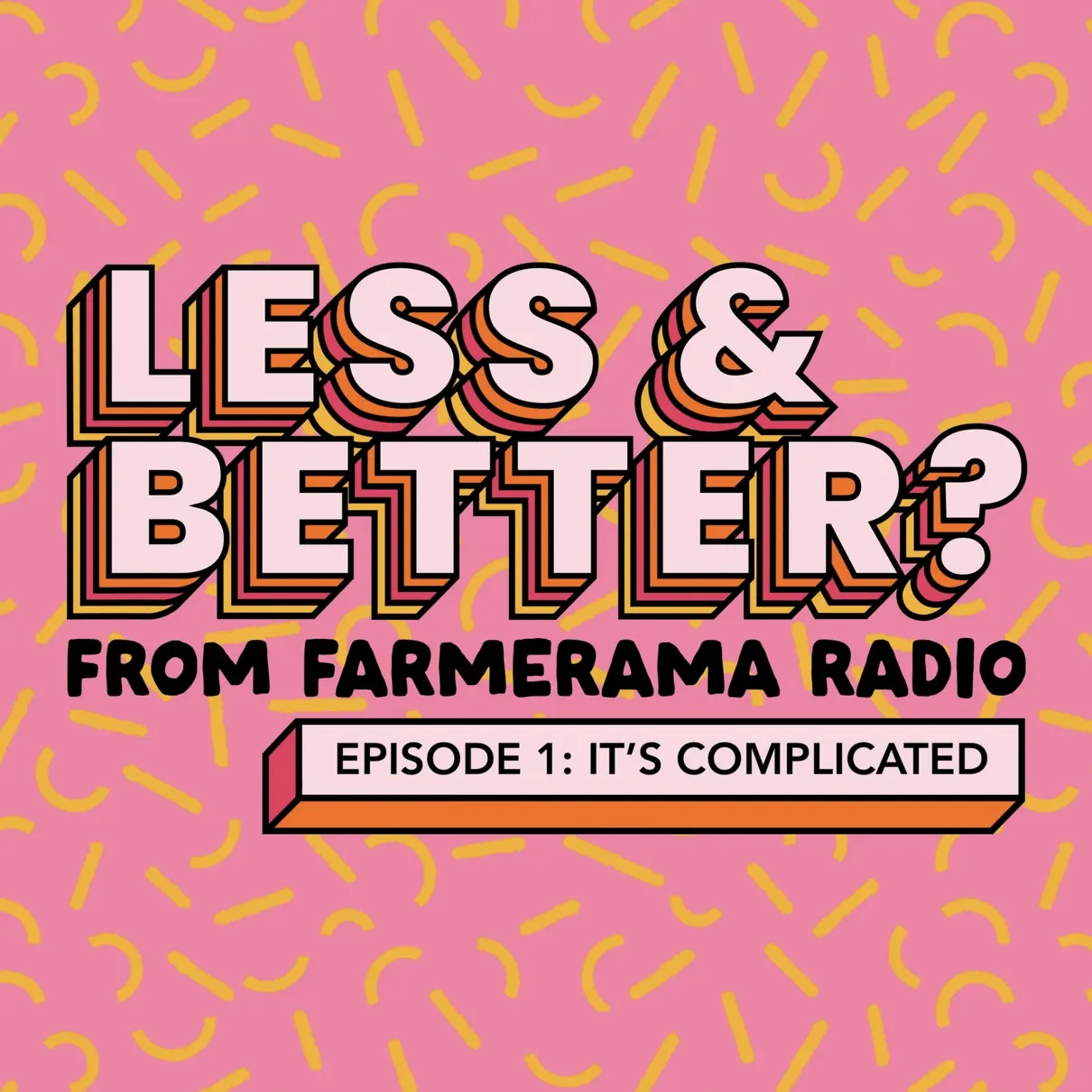Researchers at CGIAR/CCAFS have written a report about different demand side measures aimed at changing food consumption so as to reduce GHG emissions. In particular, they placed their analysis in the context of the Paris climate agreement which aims to limit the increase of global temperatures due to anthropogenic climate change to below 2ºC.

The key messages from the report are presented by the authors as follows:
- ‘Reducing emissions by changing consumption of foods with large greenhouse gas emissions could have a major impact on climate change. Yet past efforts to change diets through public policy have had mixed results, suggesting that recent estimates of the technical mitigation potential likely exceed feasible reductions in emissions.
- Shifting consumption away from livestock products offers a major opportunity for reducing emissions which, in some contexts, could also provide health, food security and other environmental benefits.
- Packages of policy mechanisms and interventions involving health, nutrition, efficiency and sustainability in supply chains will be more effective in achieving dietary change than any one measure alone.
- Focusing on reducing food loss and waste in high potential areas and involving key value chain actors can increase returns on efforts to mitigate climate change and improve food security.
- Private sector investment in reducing food loss and waste requires an enabling environment, support for development of commercially viable investments, and increased awareness among financial institutions of investment opportunities.’
Quoting the IPCC’s Fifth Assessment Report that the technical mitigation potential of demand-side measures is even greater than the mitigation potential of supply-side measures, the authors analyse some of the strengths and limitations of different potential policies aimed at demand. The table below summarises their findings.

Abstract
A number of studies have suggested that addressing greenhouse gas (GHG) emissions from agricultural production, or ‘supply-side emissions’, will be insufficient to reduce agri-food sector GHG emissions to limit the increase of global temperatures to well below 2ºC. Recent studies have also suggested that ‘demand side measures’ related to food consumption, food value chains, and food loss and waste, will be necessary to reduce emissions and may have a larger technical mitigation potential than supply-side measures. This report assesses the availability of demand-side policies and measures, and looks at evidence of these measures’ impacts on behavior that directly results in emissions from the agri-food sector. Often discussed demand-side measures include ‘soft’ measures (e.g. health promotion initiatives, product labeling) and ‘hard’ measures (e.g. consumption taxes or subsidies). We review here the effectiveness of these measures for dietary change and reductions in food loss and waste, with a focus on developing countries, where agrifood emissions are projected to grow most rapidly and where the gaps in knowledge are largest.
Reference
Kiff L, Wilkes A, Tennigkeit T. 2016. The technical mitigation potential of demand-side measures in the agri-food sector: a preliminary assessment of available measures. CCAFS Report No. 15. Copenhagen,Denmark: CGIAR Research Program on Climate Change, Agriculture and Food Security (CCAFS).
You can find the full report here. A summary info note is available here. A blog on the findings can be read here.




Comments (0)